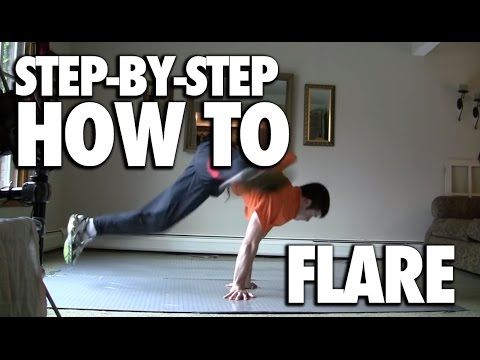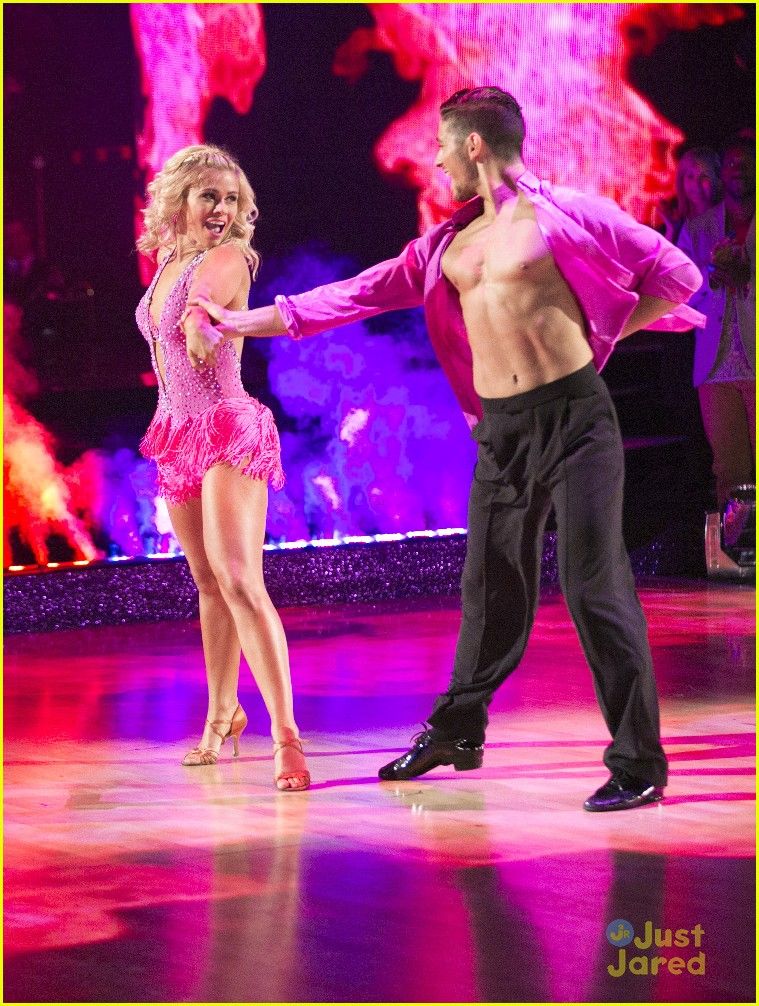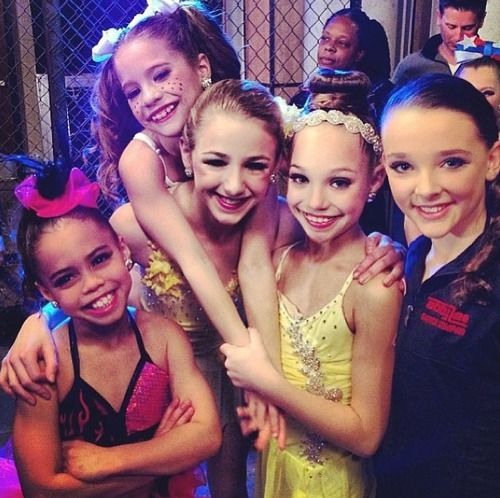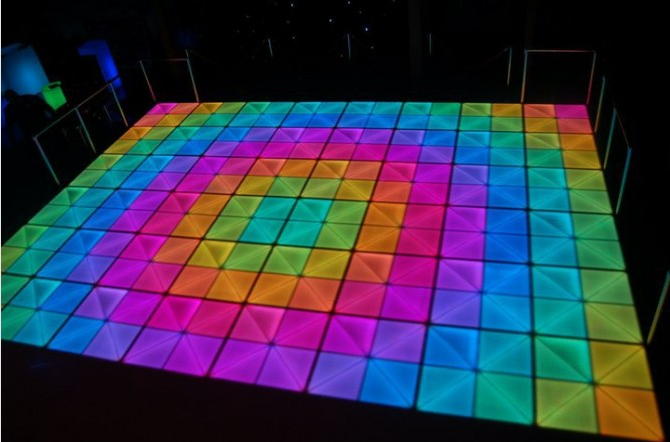How to salsa dance for kids
salsa dance for kids - ActiveActivities
The teens perform salsa dance for their school event.
Salsa is a dance form that is a fusion of Cuban Son and Afro-Cuban dance. The dance is associated with salsa music, but it can also be danced along with other types of Latin-American music. Salsa is normally a partner dance, making it a popular social dance in many countries including Australia. Are your children into dancing? Then you can let them try salsa dance for kids!
- Category: Performing Arts, dancing
- Approximate age to start salsa: 2 years old
- Approximate price: $15 to $100
- Gear/equipment needed and approximate price range: ballroom dance outfit (around $35), salsa shoes (around $30)
- Best period of the year: Anytime
- School holiday programs available: YES
A video of salsa dance for kids
Salsa dancing enables the dancers to have a very flexible body as well to have body coordination. Look how flexible and precise these kids' moves are!
Information on Salsa dance for kids
Is salsa dance a great activity for your kids?
Dancing is one of those activities for kids that allow them to stay fit and healthy while having fun. Dancing is a great form of exercise. Ballroom dancing for kids is a type of partner dance and social dancing. Salsa for kids is a type of ballroom dance. It is a dance of leading and following, and just like any other form of art, it also serves as a great means of self-expression. Kids these days lack physical activity. With salsa dance for kids, they will get to have their much needed exercise while enjoying fun kids activities and making new friends.
Salsa dance for kids is taught at a dance academy or at a dance school for kids.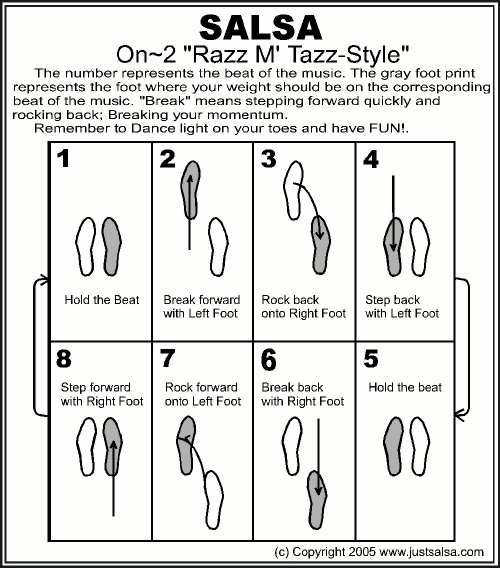 Besides learning the salsa basic dance steps that are danced to the tune of salsa music, the toddlers will also learn about the Spanish culture like some customs and the Spanish language. Dance lessons including salsa dance for kids also give some benefits that will be useful to their everyday lives.
Besides learning the salsa basic dance steps that are danced to the tune of salsa music, the toddlers will also learn about the Spanish culture like some customs and the Spanish language. Dance lessons including salsa dance for kids also give some benefits that will be useful to their everyday lives.
- Socialisation skills
Salsa dance classes are a safe environment where kids can learn, play and make new friends. Environments like this can help kids be more comfortable in social situations. - Exercise benefits
Dancing is a great way to get kids to be active. Salsa helps kids move their muscles and joints; and it also helps build good mind and muscle coordination. - Personality development
Salsa also benefits the children emotionally. It is a good stress reliever that takes away anger and depression. It also helps develop self-confidence as well as confidence with the opposite sex as salsa is a partner dance.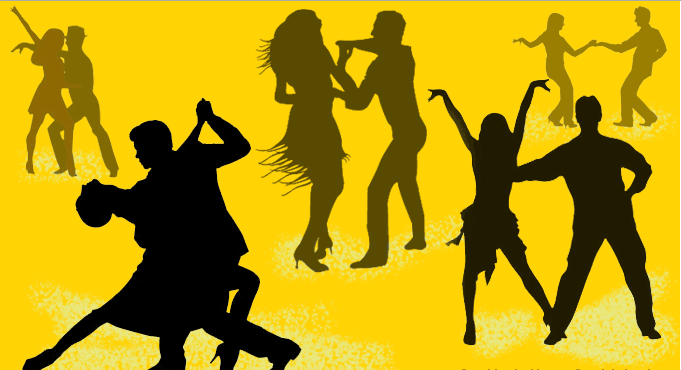 Salsa dancing also requires discipline that kids can apply to the work environment when they are older.
Salsa dancing also requires discipline that kids can apply to the work environment when they are older. - Respect for diversity
Salsa, which originated from another country, can make kids learn the diversity of cultures of different countries. They will learn to appreciate and respect them
Another form of dance that you can let your kids learn that also gives the similar benefits, including cultural diversity, is the Middle Eastern belly dancing for kids. You can find in our ActiveActivities Directory all the dance schools in Australia that teaches belly dancing and salsa dance for kids. There are also available salsa teachers that you can hire to teach your kids at home.
With proper lessons, training, and guidance, dancing can help in their emotional, social, cognitive, and physical development. Salsa dance for kids is a good choice!
Quick Links
NJ Kids Salsa Classes | Art In Motion
The Art In Motion Youth classes are designed to get your child moving, smiling and learning.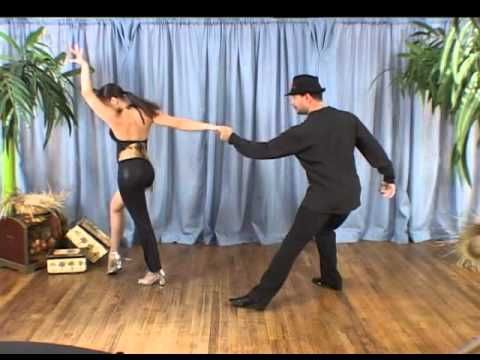
We believe that dance classes should be enjoyable, built on a solid technical foundation, inspire creativity, and match each dancer's goals. Our list of classes include several styles of dance, to make sure that there's an ideal option for each family! Please take a look at our options below.
Salsa
Kids Salsa (Ages 5-8)
Junior Salsa (Ages 9-12)
Teens Salsa (Ages 13-17)
Your child will love the music, culture and rhythm in this energetic and upbeat dance class. Dancers will learn technique and movement of Salsa (On1 Style), and will learn and perform a routine in our annual AIM Youth Showcase in June!
*Performance Class
REGISTER NOW!
Ballet
Mini Ballet (Ages 3-5)
Kids Ballet (Ages 6-9)
Ballet is a classical dance that features formalized steps and movements! Your child will learn ballet technique and movement, and learn and perform a routine in the annual AIM Youth Showcase!
*Performance Class
REGISTER NOW!
Praise Dance
Kids Praise (Ages 5-8)
Junior Praise (Ages 9-12)
Praise Dance class is for kids who love to express their praise and gratitude through dance! Based in lyrical movements & techniques, Praise class is a special class that combines dance with praising God.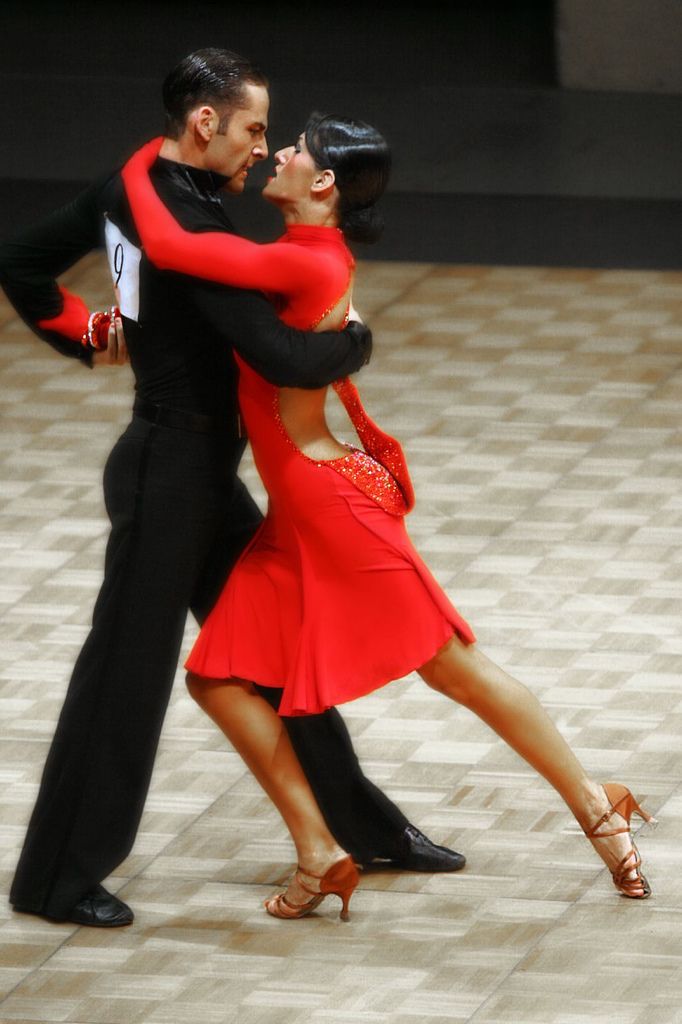 Students will also learn scripture together, pray together and build community & friendship:)
Students will also learn scripture together, pray together and build community & friendship:)
*Performance Class
REGISTER NOW!
Jazz
Kids Jazz (Ages 6-10)
Jazz is an exciting and high energy modern dance that is heavily influenced by the sounds and rhythms of jazz music! In this class, your child will learn jazz technique & movements, and will perform a fun choreography at our annual Youth Showcase!
*Performance Class
REGISTER NOW!
Hip Hop
Kids (Ages 5-8)
Jr + Teen (Ages 9-16)
Hip Hop is a challenging, FUN, and athletic style of dance. Your child will learn b-boy/b-girl moves, mixed in with popular current hip hop styles! Our physical strength, techniques, and will perform a routine in our annual Youth Showcase!
*Performance class
REGISTER NOW!
Kids Zumba!
Ages 6+
Zumba Kids is a super fun & popular class that combines elements of dance and aerobics.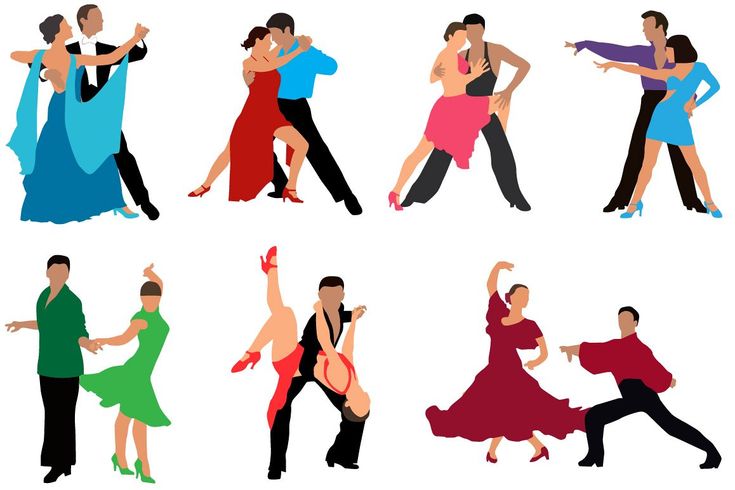 Kids will learn to move, listen to the rhythm, exercise their bodies, and improve their health!
Kids will learn to move, listen to the rhythm, exercise their bodies, and improve their health!
*Weekly class, no performance
REGISTER NOW!
Pre-School
(Move with Me)
Ages 2-5
Move with Me Class is designed to help cultivate a love for movement and dance. Students will learn basic introductory level movement & dance technique, while having fun! Parents are encouraged to participate!
*Next 8 week course:
*October 25th - Dec 13th
LEARN MORE!
*3 STEPS TO REGISTER YOUR CHILD:
1. CLICK ON THE REGISTRATION FORMS BELOW AND HIT SUBMIT!!! (You may also visit us any time during studio hours to register your child in person at the front desk!!
2. PAY THE REGISTRATION FEE BELOW (Online, OR in person at front desk during business hours).
**Registration fees are PER FAMILY. Families with siblings, only required to pay ONE registration fee!
3.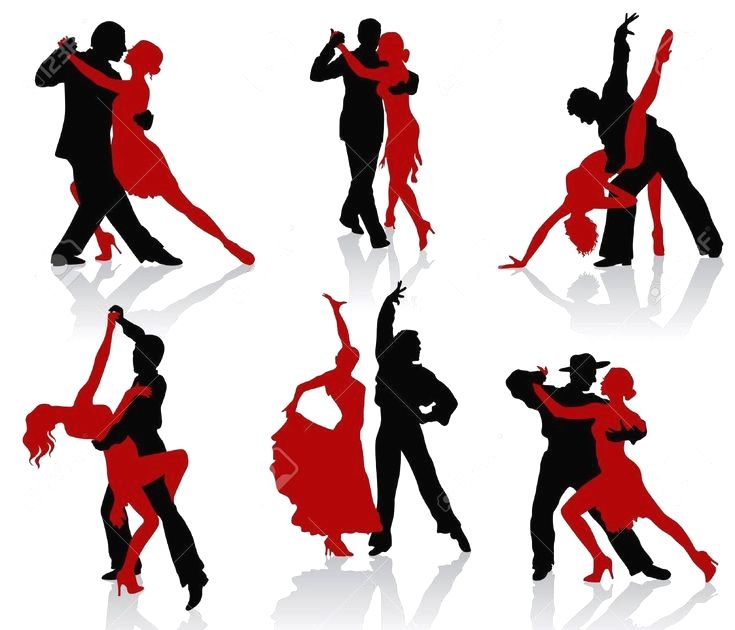 SHOW UP TO CLASS!! Please arrive a few minutes before your child's class to sign them in and check in with the front desk! Please
SHOW UP TO CLASS!! Please arrive a few minutes before your child's class to sign them in and check in with the front desk! Please
*Once you complete the form & pay the registration fee, your child will be enrolled into the desired class(es). Please call us or email us if you have any issues or questions!
REGISTER HERE -2022/23 Registration Form
PAY REGISTRATION FEE
AIM KIDS Showcase!!
Play Video
Salsa and bachata for beginners: spring is coming!
The last month of winter is like the first month of spring, only a little bit earlier :)))
It's true: every day in February we are more and more looking forward to those wonderful little things that spring will give us!
We are looking forward to finally being able to:
-
Wake up to gentle sunlight seeping through the curtains and falling on the pillow; nine0003
-
Take off your bulky down jacket and walk around your favorite parks and squares in a light coat;
-
Tap your heels on dry pavement;
-
Enjoy the blue sky, stop in the middle of the street and just stick to nature awakening from its winter sleep.
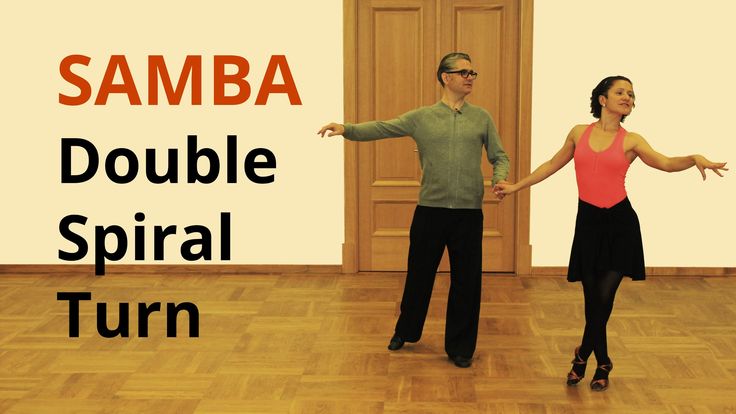
Well, is there a spring mood? ;)
We offer to rekindle the spring in your heart with a new force - with the help of dancing! Namely, lively and energetic (like spring itself!) salsa and bachata. nine0003
Who would like salsa? The most correct answer to this question is - to everyone and everyone! But we'll give you a more detailed answer anyway :)
Salsa and bachata are ideal for:
Thought there were no quick results? Didn't guess!
If you've never danced before but don't want to spend a few months learning how to dance really well, Salsa for beginners is definitely your option. It is not for nothing that this dance is called the most accessible social direction: already at the first lesson you will be able to dance several chords, and after the 6th lesson you will feel absolutely confident at any party.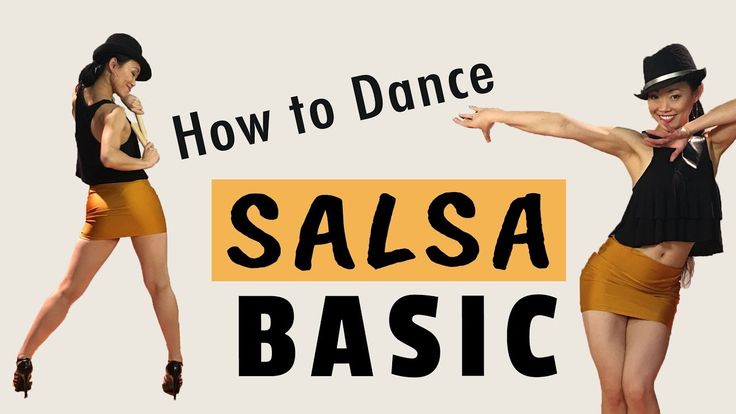 nine0003
nine0003
“I have always dreamed of dancing! Yes, so that it would take your breath away, so that, while dancing, you would forget about all your affairs and problems, so that those around you would catch my every movement with admiration ... But at the same time I was terribly shy. And now I firmly decided that I want to throw off constraint and learn to dance. The only question is: which direction to choose?…”
If this is an excerpt from your relationship with dancing, then we confidently answer: choose salsa! Already at the first lesson, you will dance and chat with several partners, and most importantly, you will feel that there is no more embarrassment. There is only joy, confidence and anticipation of the next lesson. nine0003
One of the most inspiring things about salsa and bachata is their versatility.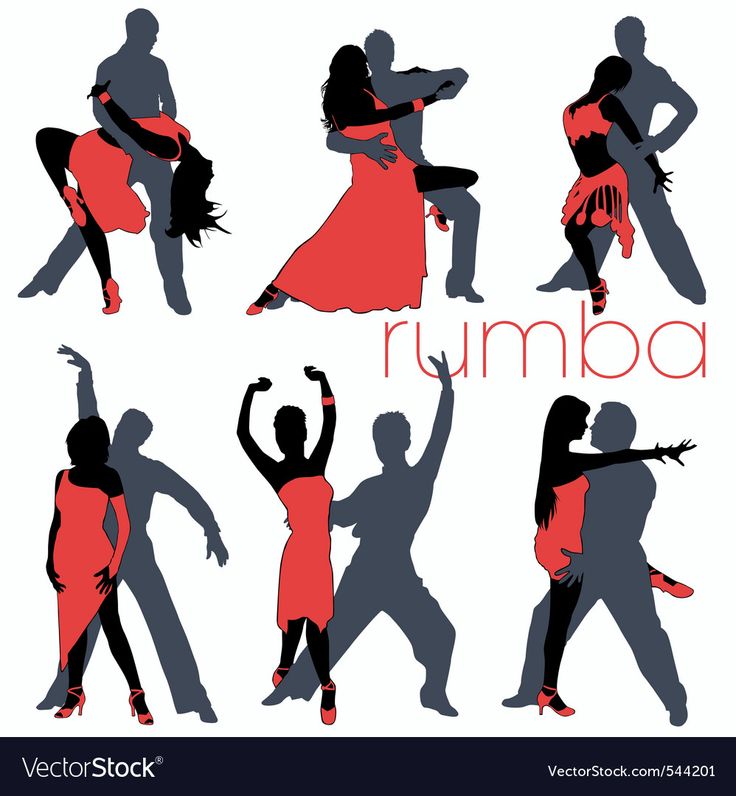 These dances are for everyone!
These dances are for everyone!
The only thing that you must have with you in class is the willingness to relax, surrender to the moment and enjoy.
Salsa and bachata are not just scheduled classes. These are also incendiary parties, a dance club of like-minded people and a new look at the world: joyful, cheerful, mischievous, free - in a word, SPRING! :)) nine0003
So how do you learn how to dance salsa and bachata?
Very easy! (and it's not a figure of speech ;))
-
Present your most cherished dance dream to the smallest details and sensations!
For example, how you, in a chic dress, are spinning in the middle of a huge dance floor flooded with colored lights, tearing off applause and enthusiastic exclamations...
-
Come to a class at Tdancestudio to make this dream come true! nine0003
We are just recruiting for a new group :)
Salsa and Bachata
Salsa and Bachata at TDANCESTUDIO Read more
90,000 12 life hacks, to quickly learn how to dance from Mamita DanceDancing
Author: Pavel Collect
Psychologist, Lecturer Salsa and Tango
Dances
Author: Pavel
Psychologist
At the start, you always want to get a quick result. When it doesn't happen, the hypothesis arises that everything takes time. After a conditionally acceptable time, humility comes to mastering pair dances, which, perhaps, is not given, and I will just do what I learned somehow. nine0003
When it doesn't happen, the hypothesis arises that everything takes time. After a conditionally acceptable time, humility comes to mastering pair dances, which, perhaps, is not given, and I will just do what I learned somehow. nine0003
This is the most common story of those who believe that the mere act of attending a pair dance class is enough to learn how to dance.
Absolutely not. If you want to really dance well, you have to make an effort outside of the dance class. A good teacher will definitely be needed, but the initiative should be on your side.
1. Listen to music
The most common and accessible advice that is given already in the first lessons. And it definitely works. Music creates a certain atmosphere of the dance and intuitively you want to move to it. It doesn't matter where you listen to music - in the car, on headphones while walking or doing household chores. nine0003
An addition that will help you dance better is your active participation in the music.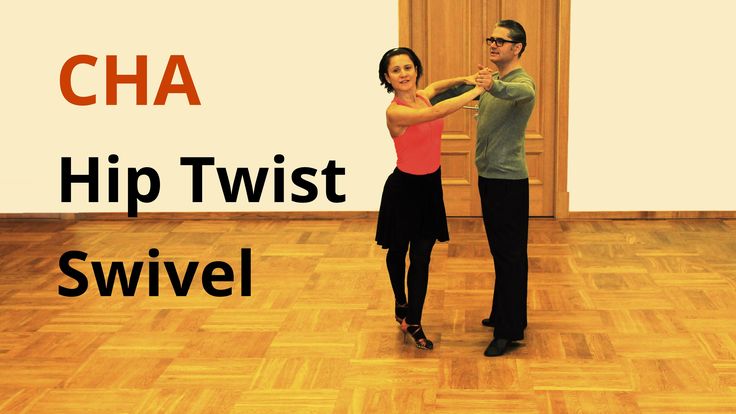 Sing along, dance or simply beat musical accents with any free parts of the body. In the subway, for example, it is enough to tap out bright moments with your fingers, in the car to sing along with sounds, and at home you can jump for pleasure.
Sing along, dance or simply beat musical accents with any free parts of the body. In the subway, for example, it is enough to tap out bright moments with your fingers, in the car to sing along with sounds, and at home you can jump for pleasure.
2. Watch videos of good dancers
It's complicated, but also obvious. It’s more difficult, because without recommendations from more experienced dancers, unfortunately, it’s not so easy to find a good quality video on the net (I mean not the resolution quality, but the content itself). nine0003
Meaningful viewing of the video is to form an understanding of HOW the dancers make this or that impression on the partner or the viewer. Technology is at the heart of everything. Understanding how the pros do it is a big step forward.
It is important to distinguish a show from a disco dance, a staged number from an improvisation, a stylized dance from an authentic one, etc. Ask for recommendations, and dance teachers will always throw off a couple of videos of worthy landmarks. nine0115
nine0115
Tango Z. Showreel.
Online modern tango courses
Tango nuevo is the most advanced version of tango. We can quickly learn to dance from zero to a steep level.
| View details |
3. Dance in salsatecas/milongas/discotheques
A very delicate moment when it is worth coming to the first party. From a technical point of view, most students in 1-3 months have a sufficient set of figures and techniques to come and dance calmly. Psychologically, the same moment can be stretched out for an indefinite time. After all, it is imperative to “not lose face”, “learn more figures” and be sure what to do in case “there is an unfamiliar movement”. nine0003
In fact, the partygoers don't really care (except for a small layer of non-professional teachers who want to help inexperienced dancers by treating them as customers in the future). It is important to come and try dancing after a month of classes.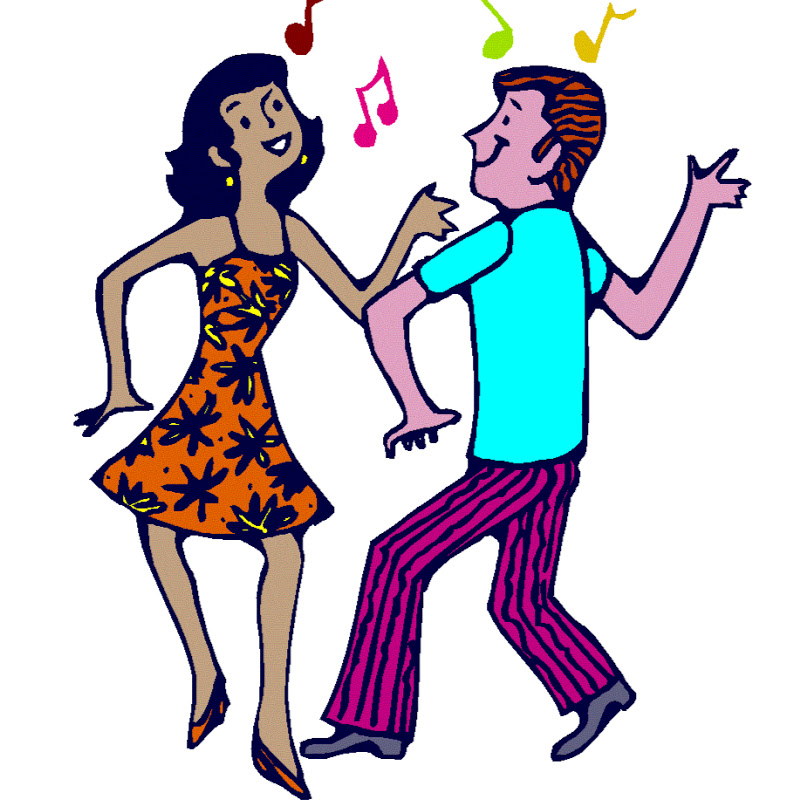 You can only with friends or guys from your group. This will be enough to feel the adrenaline and inspiration from the dance.
You can only with friends or guys from your group. This will be enough to feel the adrenaline and inspiration from the dance.
4. Dance with partners or partners not of your level
The conventional wisdom that you need to practice in groups of your level does not withstand the test of experience. Perhaps now your eyes widened in surprise, and you want to meaningfully read the phrase again. Yes, you saw everything correctly: when you dance with a partner of your level, you don’t grow anywhere. nine0003
It's important to understand that not only does it work one way and you have to dance with cooler dancers, but it works even more effectively the other way. It is no coincidence that teaching pair dances dramatically raises the level of the teacher himself. You have an endless stream of very beginner dancers.
How it works. A more experienced partner needs to be "stretched". It's easy and obvious. With beginners, you need to take more initiative on yourself, see the general pattern of the dance more widely, turn on and insure more, try to be an example and be more careful. The quality of interaction begins to grow significantly. And wonderful partners too. nine0003
The quality of interaction begins to grow significantly. And wonderful partners too. nine0003
Dancing with partners of your level doesn't make you grow. Dance with both beginners and more advanced dancers
Dominican Bachata Women's Style Online Course
Want to learn how to hypnotize those around you with the most appetizing part of your body? On the course we will tell you all the secrets.
| Interesting |
5. Learn to dance for a partner and for a partner
Turks and Argentines are one of the best partners in the world. In Russia, partners are highly valued. Why? The answer is simple. In Argentina and Turkey, it is not questionable for men to ask another man to lead in one piece or another and give feedback on the quality of the lead. For them, it will be a great shame to hear moralizing from a partner, or even more so to be known in the community as an insecure partner.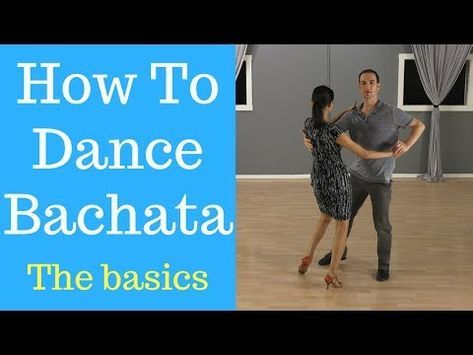 nine0003
nine0003
In Russia, due to the constant, often far-fetched, opinion that there are more women in pair dances, partners calmly get up and study their partner's part. Such partners then grow into very cool dancers and teachers. In no case do this at parties, only in class. Here we are talking only about the learning strategy. At parties, be yourself.
6. Do not memorize links
Always try to look deeper and understand the through principle and idea of movement. Understanding what and how is done will make it possible to independently generate any sequences and chips. nine0003
Human memory is limited and there will always be a moment when something will slip away and your repertoire will be limited by the size of RAM.
In Argentine tango, for example, there are seven levels of movement construction that, when mastered, will allow you to make millions of combinations. And how many dance sequences can you really remember? In rueda, more than 150 figures dance in a rare circle. It's hard to keep more in mind.
It's hard to keep more in mind.
7. Develop your body
Many years of experience in teaching couple dance shows that as soon as everyone pairs up in a class, any progress in individual style ends. But it is the individual style that distinguishes everyone at the disco: partners change, and style is always with you. nine0003
The body as the main instrument of dance must be very plastic, responsive and emotional. Surprisingly, not all pair dance schools have a general physical warm-up. It is vital to tune the body and understand how it works.
You can always train extra and concentrate more on the basic steps, as their true value is as body work. The sequence of steps is, in fact, the simplest thing that can be in pair dancing. The quality of individual performance determines the craftsmanship. nine0003
8. Try on the images of inspiring dancers
A psychological life hack for those who have already mastered the steps, but still feel that there is not enough brightness and drive. Most are terribly afraid of being someone else's "clone". Here the action is the same as under the influence of hypnosis - the more you resist, the more you plunge into an altered state of consciousness.
Most are terribly afraid of being someone else's "clone". Here the action is the same as under the influence of hypnosis - the more you resist, the more you plunge into an altered state of consciousness.
With a high degree of probability, you are already dancing like someone else's "clone". A meaningful fitting of someone else's image is that you mentally take the image of the one who inspires you (inspiration is critical in this case) and "put on" yourself. Then you start dancing and trying to feel in general how it is to be able, for example, to be the best partner or the sexiest partner in a disco. This is much more difficult than it seems. But it works extremely efficiently. nine0003
9. Dance to offbeat music
Habitual rhythms keep you tight. Tango salon or speedy timba leave little room for experimentation and fantasy. Pattern dancing is always noticeable and is reserved for beginners.
The truly new is born outside of the usual. Look for places to experiment. If there is no place, organize self-training. The main thing is not to get carried away, because music determines the style. We bring something new to pair dances, rather than trying to change them. nine0115
Look for places to experiment. If there is no place, organize self-training. The main thing is not to get carried away, because music determines the style. We bring something new to pair dances, rather than trying to change them. nine0115
Search, improvise, don’t be afraid to go beyond, develop in different directions, be inspired by music atypical for the style
10. Try your hand at basic dance directions dances exist according to their own non-choreographic laws.
This is the deepest delusion that has turned into a ceiling for the qualitative development of partner dances. After all, all professional dancers, for example, in salsa or bachata, build their ideas on the basic choreographic principles. nine0003
Do not think that choreography is applicable only on stage. Any meaningful movement of the body can be choreographic. In general, try classical or modern choreography. Basically, hip-hop can work too.
11.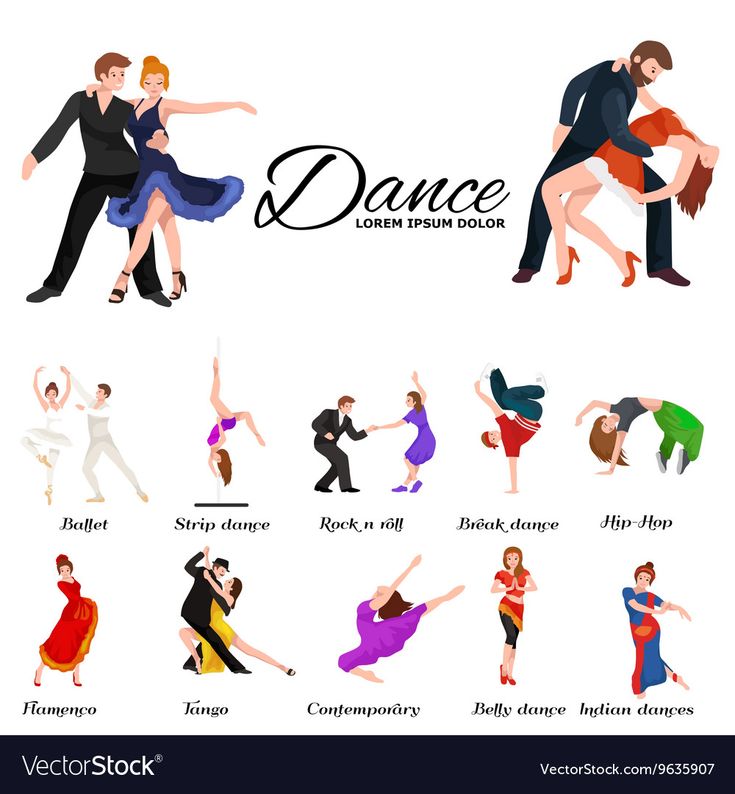 Look for battle sensations
Look for battle sensations
Pair dances return us to an active position of manifestation of our body. As in the days of our ancient ancestors, we impress the members of the opposite sex by how dexterous, hardy, sexy, etc. we are. Modern laws of the jungle in the entourage of large cities. nine0003
If you look around the dance floor, it becomes clear that the majority are clearly herbivores (not in the sense of vegetarians, but in relation to those around them). I am sure that predators are always more interesting in terms of the attractiveness of the image - try to find a counterbalance among herbivores, for example, a cat woman or a lion man.
The conversation is about an internal position, not about aggressiveness. Lability and lack of control are inherent in adolescents, and not in adult self-sufficient people.
Accordingly, even a training or friendly battle gives, on the one hand, practical skills - to make a bright sequence of movements, bring an idea to a climax, show a spectacular feature, on the other hand, develops the psychological basis of the dance - self-confidence, resistance to extraneous attention, self-control and self-control in complex elements. nine0115
nine0115
12. Communicate with professionals
The environment shapes the internal position. Basically, real passionaries of the dance community are ready to openly talk, discuss and support the development of dance in every possible way. Universal principles and the ideas they articulate have a much longer and more practical perspective than meets the eye.
Accept that, for example, behind the words "listen to your partner" is not only a beautiful metaphor, but also a practical skill to literally listen to your partner. At the same time, always treat every thought, even the most respected teacher, as a private opinion. nine0003
Your skill will lie in finding the scope of the idea even in conflicting opinions. Most often, the contradiction is speculative and the truth lies in the angle of perception or situationality.
Your dancing growth will stop sooner or later. This can happen at the level of three basic steps or years of experience in teaching and show performances.
